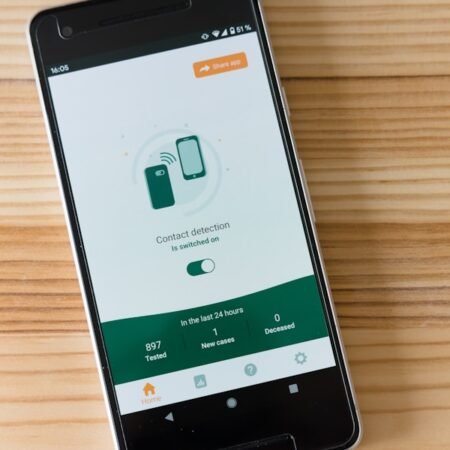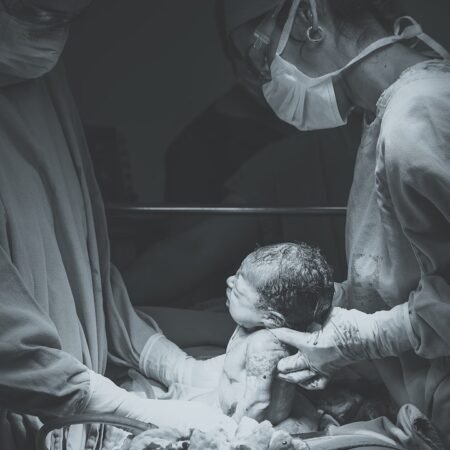When traveling with an infant, safety is paramount for parents. Portable cribs are a popular option for ensuring a safe and comfortable sleeping environment for babies on-the-go. However, parents should be aware of potential safety hazards associated with using travel cribs.
One primary concern is the risk of suffocation or entrapment. Due to their compact and lightweight design, travel cribs can pose a risk of babies becoming trapped between the mattress and crib sides or rolling into a position that compromises their breathing. Furthermore, improper setup or failure to follow manufacturer’s instructions can cause the crib to collapse or tip over.
Another safety concern with travel cribs is the risk of injury from sharp edges or protruding parts. Some travel cribs may have unsecured components, posing a risk of injury to babies. Additionally, incorrect assembly can lead to crib instability or collapse, further increasing the risk of injury.
It is essential for parents to be aware of these safety concerns and take measures to minimize the risks when using a travel crib.
Key Takeaways
- Travel cribs can be safe for babies if used correctly and chosen carefully
- Understanding safety concerns such as suffocation and entrapment is crucial for safe use
- Choosing the right travel crib with sturdy construction and breathable materials is important
- Tips for safe use include setting up the crib properly and using a firm mattress
- Potential risks like loose parts or improper assembly can be mitigated by following manufacturer guidelines
Choosing the Right Travel Crib
Sizing Up the Options
The size and weight of the crib are vital considerations. You’ll want a sturdy and stable travel crib that won’t collapse or tip over when in use. It’s also essential to find a crib that’s large enough for your baby to sleep comfortably, yet compact enough for easy transportation.
Material Matters
The quality of the materials used in the travel crib is another critical factor. Opt for a crib made from high-quality, non-toxic materials that are free from harmful chemicals. A firm mattress and breathable sides are also essential to reduce the risk of suffocation.
Safety First
Lastly, ensure the travel crib meets safety standards and certifications. This guarantees that the crib has been thoroughly tested for safety and durability, giving you peace of mind while your baby sleeps.
Tips for Safe Use of Travel Cribs
Once you have chosen a travel crib, it’s important to use it safely in order to reduce the risk of injury or suffocation. One important tip for safe use of a travel crib is to always follow the manufacturer’s instructions for assembly and use. This includes ensuring that the crib is set up correctly and that all parts are properly secured.
Additionally, it’s important to regularly check the crib for any signs of wear or damage, and to stop using it if there are any concerns about its safety. Another important tip for safe use of a travel crib is to always place the crib on a flat, stable surface. This can help reduce the risk of the crib tipping over or collapsing.
Additionally, it’s important to ensure that the mattress fits snugly in the crib and that there are no gaps between the mattress and the sides of the crib where a baby could become trapped. Finally, it’s important to always supervise your baby when they are in the travel crib, and to never leave them unattended.
Potential Risks and How to Mitigate Them
| Aspect | Information |
|---|---|
| Safety Standards | Travel cribs should meet safety standards such as ASTM International and the Juvenile Products Manufacturers Association (JPMA). |
| Age Range | Check the recommended age range for the travel crib to ensure it is suitable for your baby. |
| Sturdiness | Ensure that the travel crib is sturdy and stable to prevent tipping or collapsing. |
| Mesh Sides | Look for travel cribs with breathable mesh sides to prevent suffocation and allow for better airflow. |
| Portability | Consider the portability and ease of set up and take down of the travel crib for convenience during travel. |
While travel cribs can provide a safe and comfortable sleeping environment for babies, there are still some potential risks that parents should be aware of. One potential risk is the risk of suffocation or entrapment if a baby becomes trapped between the mattress and the sides of the crib. To mitigate this risk, it’s important to ensure that the mattress fits snugly in the crib and that there are no gaps where a baby could become trapped.
Additionally, it’s important to always place your baby on their back to sleep in order to reduce the risk of suffocation. Another potential risk with travel cribs is the risk of injury from sharp edges or protruding parts. To mitigate this risk, it’s important to regularly check the crib for any signs of wear or damage, and to stop using it if there are any concerns about its safety.
Additionally, it’s important to ensure that all parts of the crib are properly secured and that there are no loose or broken parts that could pose a risk of injury to your baby.
Safety Standards and Certifications
When choosing a travel crib, it’s important to look for cribs that meet safety standards and certifications in order to ensure their safety and durability. One important certification to look for is the Juvenile Products Manufacturers Association (JPMA) certification, which indicates that the crib has been tested for safety and durability. Additionally, it’s important to look for cribs that meet ASTM International standards for cribs, as this can help ensure that the crib meets minimum safety requirements.
It’s also important to look for cribs that are made from non-toxic materials and that are free from harmful chemicals such as lead, phthalates, and formaldehyde. Choosing a crib that meets these safety standards and certifications can help provide parents with peace of mind knowing that their baby will be sleeping in a safe and secure environment.
Traveling with a Baby: Considerations for Safe Sleep
Safety First: A Hazard-Free Sleep Space
One vital consideration is ensuring that your baby has a safe place to sleep that is free from hazards such as loose bedding or soft toys. This will help minimize the risk of accidents and ensure a peaceful night’s sleep for your baby.
Consistency is Key: Maintaining a Familiar Sleep Routine
Another crucial aspect of safe sleep while traveling is maintaining your baby’s regular sleep routine as much as possible. This includes using familiar bedding and sleepwear to provide a sense of comfort and familiarity in unfamiliar surroundings.
Creating a Sleep-Conducive Environment
Additionally, it’s essential to ensure that your baby has a quiet and dark sleep environment to promote restful sleep while traveling. By prioritizing these considerations, you can help create a safe and comfortable sleep environment for your baby, even when you’re on the go.
Expert Recommendations for Safe Travel Cribs
In addition to following safety tips and guidelines for using travel cribs, there are also some expert recommendations for choosing and using travel cribs in order to ensure their safety. One expert recommendation is to choose a travel crib with mesh sides in order to reduce the risk of suffocation or entrapment. Mesh sides can help provide better airflow and visibility for parents while also reducing the risk of a baby becoming trapped between the mattress and the sides of the crib.
Another expert recommendation is to choose a travel crib with a firm mattress in order to reduce the risk of suffocation. A firm mattress can help provide a safe sleeping surface for your baby while also reducing the risk of Sudden Infant Death Syndrome (SIDS). Additionally, experts recommend choosing a travel crib with adjustable mattress heights in order to accommodate your baby as they grow.
In conclusion, travel cribs can provide a safe and comfortable sleeping environment for babies while on the go, but it’s important for parents to be aware of potential risks and take steps to mitigate them. By choosing a travel crib that meets safety standards and certifications, using it safely according to manufacturer’s instructions, and following expert recommendations for safe sleep while traveling, parents can help ensure their baby has a safe and restful sleep environment while on the go.
FAQs
What is a travel crib?
A travel crib is a portable and lightweight crib designed for use during travel or for temporary sleeping arrangements for babies and young children.
Are travel cribs safe for babies?
Yes, travel cribs are generally safe for babies when used according to the manufacturer’s instructions. They are designed to meet safety standards and provide a secure sleeping environment for infants and young children.
What safety features should I look for in a travel crib?
When choosing a travel crib, look for features such as sturdy construction, breathable mesh sides, a firm mattress, and secure locking mechanisms. It’s important to ensure that the crib meets safety standards and has not been recalled.
Are there any risks associated with using a travel crib for babies?
While travel cribs are designed to be safe, there are some potential risks to be aware of. These include improper assembly, using the crib with damaged parts, or placing additional bedding or soft items inside the crib, which can pose a suffocation hazard.
Can I use a travel crib as a permanent sleeping arrangement for my baby?
Travel cribs are intended for temporary use during travel or for short-term sleeping arrangements. It’s recommended to provide a more permanent and sturdy crib for your baby’s everyday sleeping needs.






























